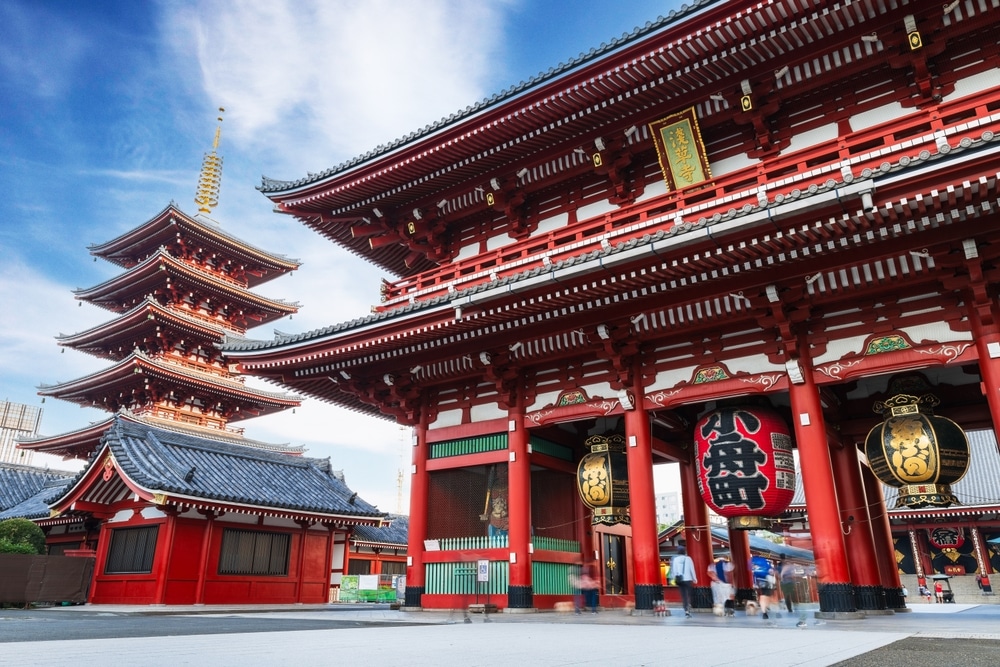Phone
832-979-3573
Temples are among the most revered and significant sites in many cultures around the world, serving as places of worship, meditation, and community gathering. These sacred sanctuaries, often adorned with intricate carvings, statues, and symbolic architecture, are deeply rooted in the spiritual traditions of the communities that built them. Whether you are visiting the majestic temples of Southeast Asia, the serene shrines of Japan, or the ancient temples of Egypt, each temple offers a unique glimpse into the spiritual and cultural heritage of its people.
Temples are not just religious monuments; they are living spaces where centuries-old traditions continue to thrive. They are places where people come to seek blessings, offer prayers, and find peace. The beauty, history, and spiritual atmosphere of temples make them powerful places of reflection and inspiration. Let’s explore the significance and allure of temples, where spirituality, culture, and history intertwine.


Temples are often celebrated for their architectural grandeur and the deep symbolism embedded in their design. Each element of a temple, from the towering spires to the detailed carvings, carries meaning and reflects the spiritual beliefs of the culture that created it.
Temples are sacred spaces that serve as focal points for religious practice and spiritual reflection. Whether you are participating in a religious ceremony, offering prayers, or simply soaking in the peaceful atmosphere, temples provide a sense of connection to the divine and a respite from the outside world.


Temples are not only places of worship but also guardians of cultural heritage, preserving traditions, art, and history that have been passed down through generations. They are living museums that offer a window into the past and a connection to the cultural identity of a people.
Visiting temples is a journey that offers not only spiritual enrichment but also a deep understanding of the cultural and historical context in which these sacred spaces exist. Whether you are a pilgrim, a seeker, or simply a curious traveler, temples provide a space where you can connect with something greater than yourself.


Temples are among the most sacred and revered spaces in the world, embodying the spiritual, cultural, and artistic heritage of the communities they serve. Whether you are drawn to their architectural beauty, their spiritual atmosphere, or their historical significance, visiting temples is an experience that touches the heart and enriches the mind.
In a world that is constantly changing, temples stand as timeless symbols of faith, devotion, and tradition.